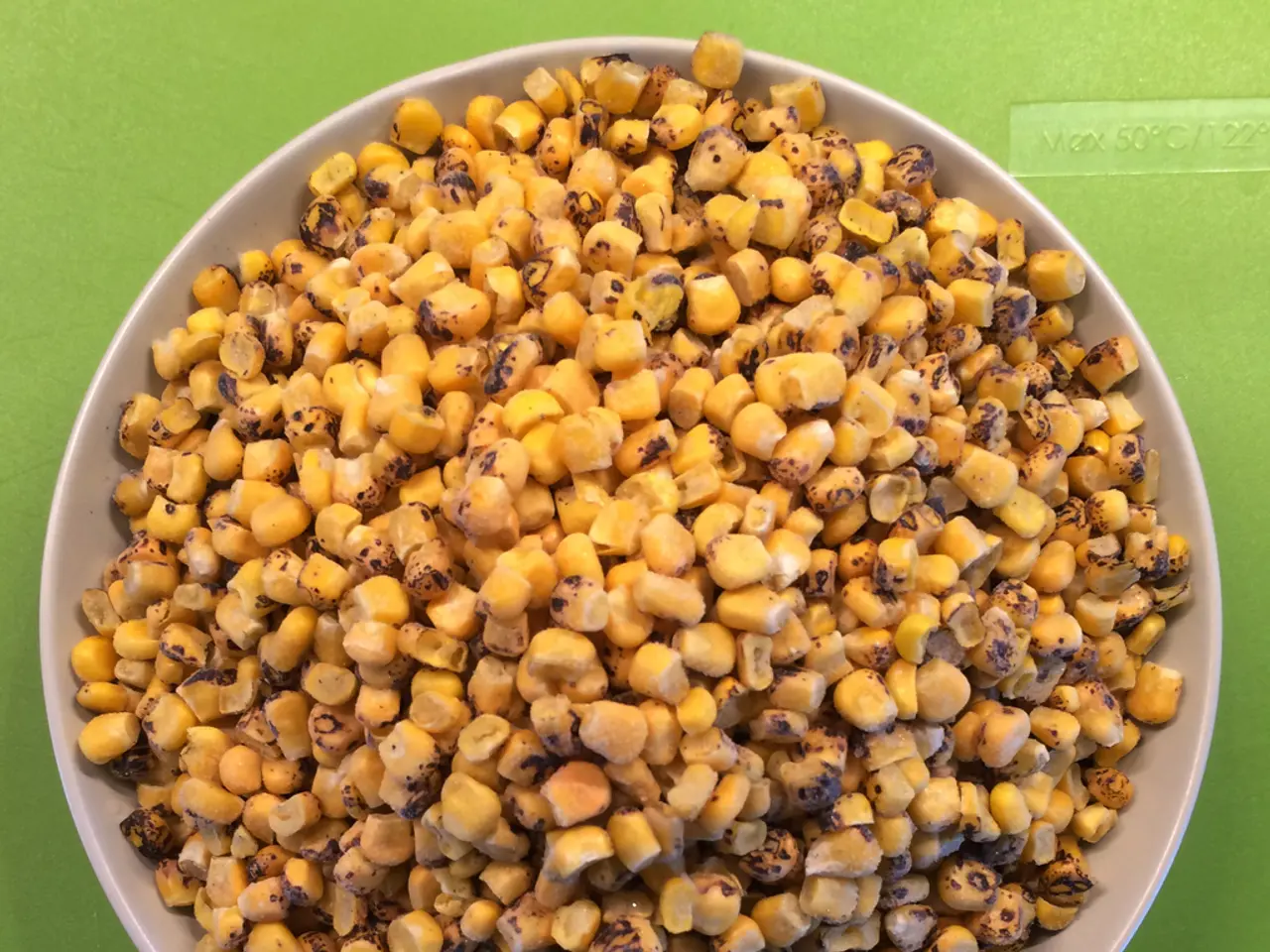Understanding the Label on a Seed Envelope: Expert Advice for Beginner Gardeners
In the world of gardening, seed packets are more than just colourful envelopes. They are treasure troves of information that can significantly boost your chances of growing a thriving garden. Here's what you can expect to find on the back of a seed packet.
Firstly, the seed packet may provide a planting calendar or zone map. This invaluable tool helps you determine the best planting times according to your regional climate zones. It ensures that your seeds are sown at the optimal time for germination and growth.
The seed packet also includes details about planting depth. This information tells you how deep to sow the seed, usually measured in inches or centimeters. Knowing the perfect depth is crucial for successful germination.
Spacing is another essential piece of information. The seed packet will tell you how far apart to plant seeds or seedlings to ensure adequate room for growth. Proper spacing is key to preventing overcrowding and promoting healthy plant development.
The expected mature plant height is also mentioned. This helps you visualise the size of the plant when it reaches maturity, which can help in planning your garden layout.
Besides these, the seed packet provides additional notes on soil type preferences, water needs, light requirements, and sometimes whether the seed should be started indoors or directly sown outdoors. These details are crucial for providing the right conditions for your seeds to thrive.
Another important piece of information is the use-by or packed-for date. This indicates seed viability or packaging date. The "packed for" date is sometimes mistaken for an expiration date but relates to production tracking and freshness assurance.
Some seed packets also include a lot number for quality tracking by the seed producer. This can be particularly useful if you encounter any issues with germination or growth.
Understanding these details helps in growing any type of garden, whether it's flowers or vegetables. It's an economical method for starting your garden, as seeds are often cheaper than buying fully grown plants.
Moreover, seed packets may provide information on resistance in seeds, cultivar types, thinning instructions, and whether succession planting is an option. Resistance can refer to various factors such as disease resistance or pest tolerance. Cultivar types can be heirloom, hybrid, open pollinated, or another group.
Heirloom plants are often 50-100 years old and are also referred to as open pollinated. On the other hand, hybrids are the result of crossing at least 2 plants in the same species. Some seeds may carry logos indicating they are Certified Organic or Non-GMO.
Lastly, the seed packet may include the company name, address, and website. This information can be useful if you need to contact the seed company for further assistance or have questions about their products.
In summary, the back of a seed packet provides essential guidance on how to plant and care for your seeds, including timing, depth, spacing, and other growth needs, along with seed viability indicators. Understanding these details increases the chances of a successful garden. So, next time you pick up a seed packet, take a moment to read the back. It could make all the difference in your gardening journey.
[References] [1] The Seed Savers Exchange. (n.d.). Seed packets. Retrieved from https://www.seedsavers.org/learn/seed-saving-library/seed-packet-label/ [2] National Gardening Association. (2011). Seed packets: What they tell you. Retrieved from https://www.garden.org/howto/article/seed-packets-what-they-tell-you [3] University of Illinois Extension. (n.d.). Reading a seed packet: How to make the most of your seeds. Retrieved from https://web.extension.illinois.edu/cfivtm/2016/03/reading-a-seed-packet-how-to-make-the-most-of-your-seeds/
If you're planning a home-and-garden project that includes gardening, take a closer look at the back of seed packets. These small envelopes contain valuable insights about your chosen plants, such as planting calendars or zone maps, recommended planting depth, essential spacing instructions, and expected mature plant height. Additionally, seed packets may provide details on soil type preferences, water needs, light requirements, and whether the seeds should be started indoors or directly sown outdoors, which are all crucial for growing a thriving garden.



